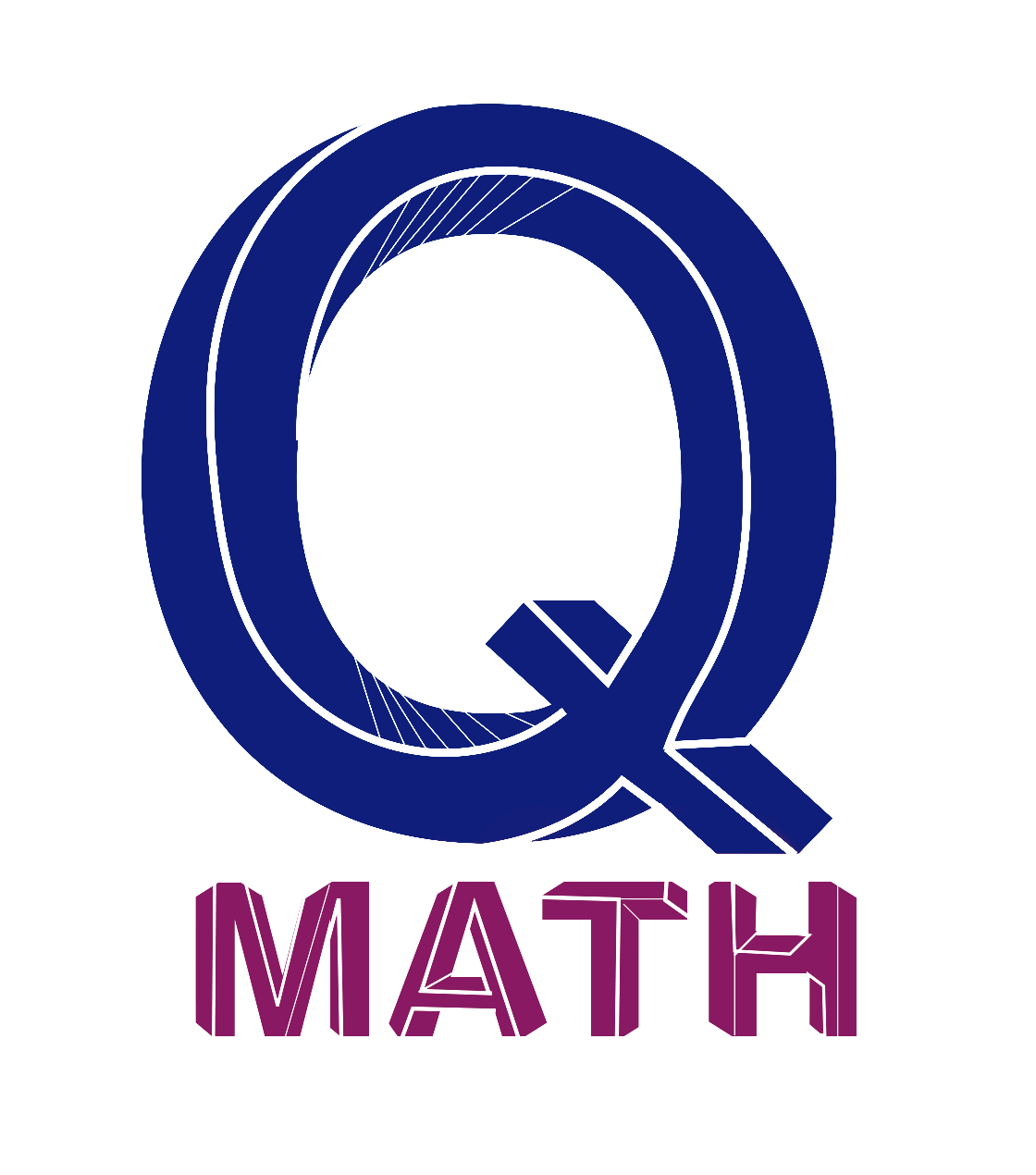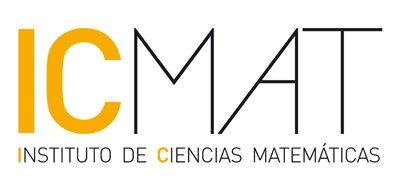Q-Math Seminar

Daniel Burgarth (Friedrich-Alexander-Universität Erlangen)
Orbital Angular Momentum - a journey through 100 years of quantum mechanics with a surprising twist
Monday the 10th of November, 2025, 13:00, Room 2.2.D08
I provide a historical view on how the integer quantization of orbital angular momentum was discovered and how it is taught till date. Then I explain a recent twist to the story (https://arxiv.org/abs/2506.03254, joint work with Paolo Facchi).Link for online session (Active on request): https://meet.google.com/oma-cnyg-tjy
Alberto Ruiz-de-Alarcón (CUNEF Universidad)
Topologically-ordered 2-d quantum phases and the Haag duality property
Tuesday the 4th of November, 2025, 13:00, Room 2.2.D08
Topologically ordered two-dimensional quantum many-body systems have attracted considerable attention because of their striking emergent phenomena, such as ground-state degeneracy depending on topology, the absence of local order parameters, or long-range entanglement. A particularly important feature is the appearance of quasiparticle excitations with nontrivial braid statistics, called anyons, which are actually expected to classify all non-chiral two-dimensional gapped quantum phases. However, a fully rigorous understanding remains incomplete. A key insight established by Naaijkens is that a strong notion of locality, known as Haag duality, implies the existence of anyons (specifically, that one can derive a C*-braided tensor category for certain equivalence classes of irreducible representations of the quasi-local observable C*-algebra). More recently, Ogata introduced a weaker but phase-stable version, known as approximate Haag duality. An open problem has been to establish this property in quantum spin systems beyond the few known cases: one-dimensional systems and two-dimensional Abelian quantum double models. In this talk, I will present a construction of topologically ordered two-dimensional tensor-network states based on biconnected C*-weak Hopf algebras, which serve as renormalization fixed-point representatives of all known non-chiral phases (i.e. encompassing Levin-Wen string-net models), and sketch a proof of the fact that these states satisfy (approximate) Haag duality. Based on arXiv:2204.05940 and arXiv:2509.23734.Link for online session (Active on request): https://meet.google.com/ait-uyoc-krg
Ernesto Estrada (IFISC)
Towards Network Geometrodynamics. Directed Networks.
Friday the 10th of October, 2025, 11:00, NOTICE THE UNUSUAL LOCATION: ICMAT Aula Gris 2.
I will start by motivating the problems emerging for the analysis of diffusion on directed and mixed graphs. Then, I will introduce a model or reaction-diffusion on networks where the diffusive part is controlled by the standard graph Laplacian operator and the reaction one by an imaginary potential. This results in a Hermitian reaction-diffusion operator, which is mathematically identical to the 'magnetic' Laplacian of the graph. By solving the abstract Cauchy problem of the reaction-diffusion based on this operator I will prove how the capacity of the whole network to transporting mass between two vertices is a (real-valued) Euclidean distance in the graph. Although the embedding of the graph induced by this distance is in a complex Euclidean space, we can define some real, Hermitian and complex angles between different planes defined on the graph. In particular, I will focus on the meaning and applications of the Kahler angles formed between pairs of vertices in the graph.Link for online session (Active on request): https://eu.bbcollab.com/guest/22f7877a774148a3aee3e398a4a86380

